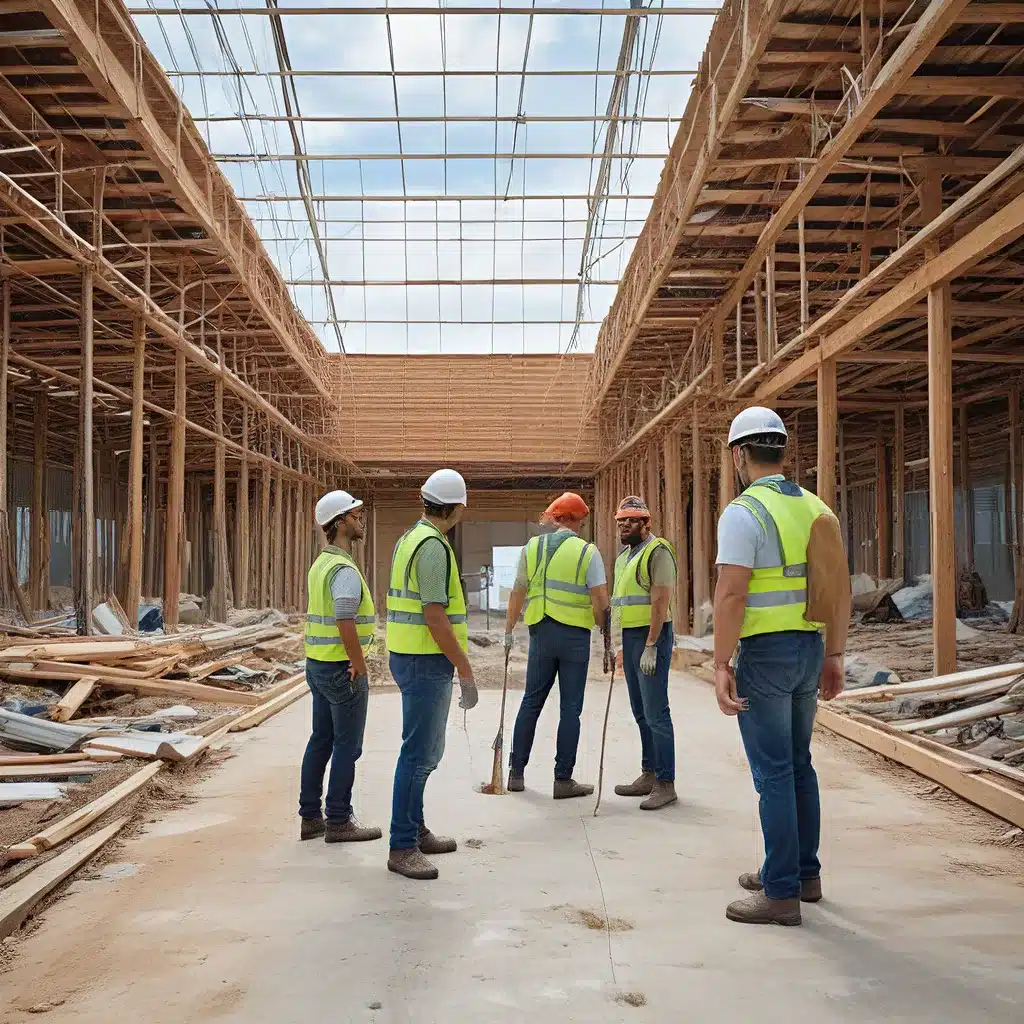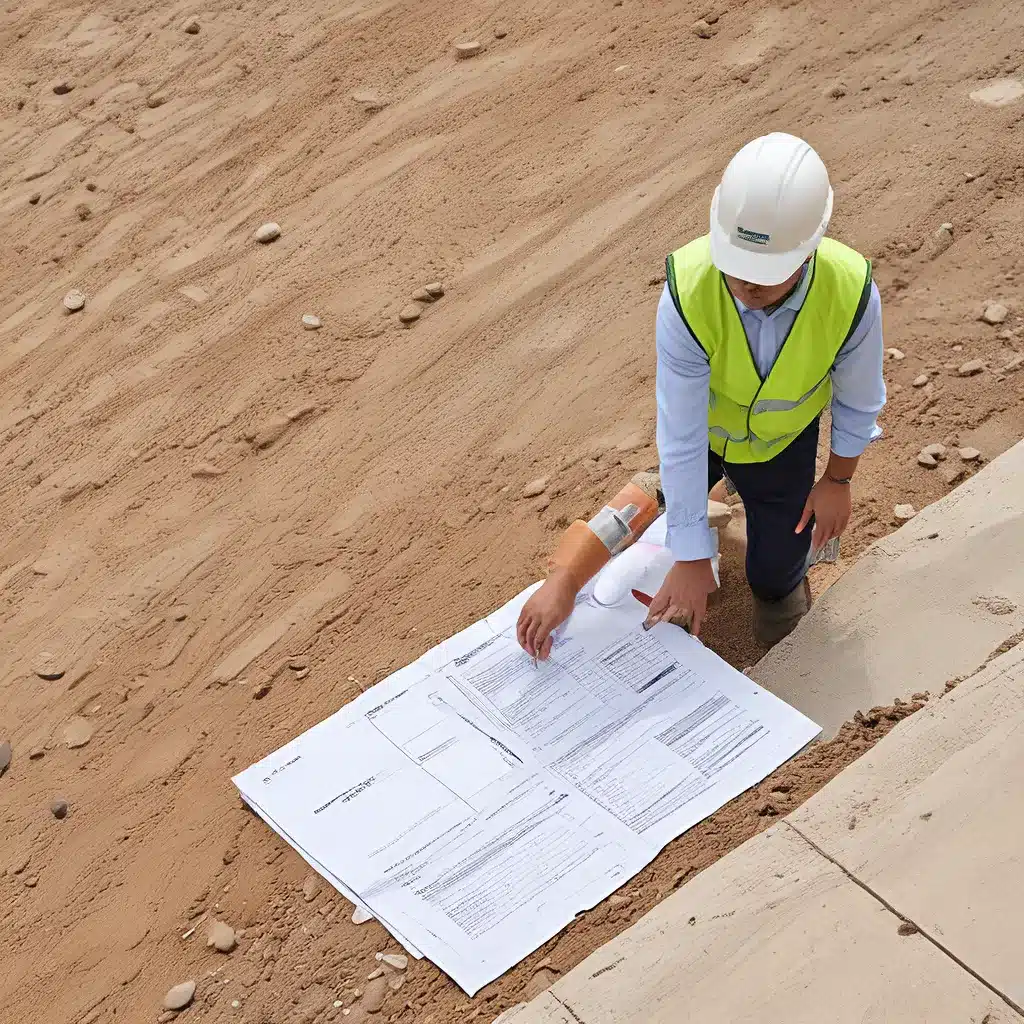
As a general contractor, the responsibility of shaping our built environment rests firmly on my shoulders. But lately, I can’t help but feel a growing sense of unease. The traditional construction practices that have served us so well for decades are starting to show their cracks – cracks that have become glaringly obvious in the face of our looming climate crisis.
The Sustainability Awakening
It’s no secret that the construction industry has long been a significant contributor to environmental degradation. From the staggering amounts of energy and resources we consume to the mountains of waste we generate, the impact of our work is undeniable. But the tide is turning, my friends. Across the globe, a sustainability awakening is taking hold, and it’s high time we general contractors join the charge.
Embracing the Green Revolution
I’ll admit, the idea of transitioning to more sustainable construction methods can be daunting. After all, change doesn’t come easy, especially in an industry as established as ours. But the truth is, the future is green, and those of us who embrace it will be the ones shaping the landscapes of tomorrow.
Sustainable Construction Essentials
So, what does sustainable construction really entail? It’s more than just slapping a few solar panels on a building and calling it a day. No, my fellow contractors, it’s a holistic approach that touches every aspect of the construction process. Let’s dive in, shall we?
Materials Matter
One of the most crucial elements of sustainable construction lies in the materials we choose. Gone are the days of relying solely on energy-guzzling concrete and steel. Instead, we’ve got a veritable smorgasbord of eco-friendly alternatives to work with.
Bamboo, for instance, is a fast-growing, renewable resource that boasts strength comparable to wood. Laminated timber, or “mass timber,” is another rising star, offering superior strength and water resistance with a lower carbon footprint than traditional building materials.
And let’s not forget about the humble stone. This naturally occurring marvel not only oozes durability and low maintenance, but it also minimizes waste during the construction process. Cob, a mud mixture made from natural ingredients like soil and straw, is another sustainable option that’s slowly gaining traction.
Waste Not, Want Not
Reducing construction waste is another crucial pillar of sustainable building. After all, what’s the point of constructing a green masterpiece if we’re just going to end up filling up landfills with the leftovers?
Thankfully, innovative solutions are emerging to tackle this challenge head-on. Reclaimed wood technology, for instance, allows us to deconstruct lumber from older structures while preserving its integrity. And the rise of precast concrete means we can minimize on-site waste by fabricating components in a controlled factory setting.
But the sustainability revolution doesn’t stop there. Have you heard of mycelium, the thin fibers from fungi that can be harvested and dried into a durable, water-resistant, and fire-resistant building material? Or how about sheep’s wool, a renewable and naturally insulating resource that puts traditional insulation to shame?
Breathing Easier
As if materials and waste weren’t enough, the construction industry is also tackling the issue of air pollution. Enter the pollution-absorbing brick – a double-layered marvel that filters out particulate matter as air passes through its porous blocks.
And let’s not forget about the role of 3D-printed concrete, which allows us to digitally design any shape and bring it to life with significantly less waste. It’s like playing with digital Lego, but with a much greener outcome.
The Sustainable Advantage
But the benefits of sustainable construction go far beyond just saving the planet. In fact, embracing green building practices can provide a myriad of advantages for general contractors and their clients alike.
For starters, studies have shown that occupants of green buildings experience enhanced cognitive function, improved decision-making abilities, and even reduced seasonal affective disorder. It’s no wonder that more and more building owners are clamoring for sustainable solutions.
And the perks don’t stop there. Sustainable construction also promotes a healthier workforce, boosts the local economy, and sends a clear message that your business is committed to the future.
Overcoming the Challenges
Of course, transitioning to a more sustainable model isn’t without its challenges. The initial costs of sustainable materials and construction methods can be daunting, and there’s always the lingering “if it ain’t broke, don’t fix it” mentality to contend with.
But my friends, the time for excuses has long passed. As the effects of climate change become increasingly dire, the demand for sustainable construction is only going to grow. And those of us who are willing to take the plunge will be the ones who reap the rewards.
A Cleaner, Greener Future Awaits
So, what are you waiting for, fellow general contractors? It’s time to roll up our sleeves and get to work on constructing a cleaner, greener future. With the right materials, the right mindset, and the right drive, we can lead the charge towards a more sustainable built environment.
Who knows, maybe one day, our grandchildren will look back on our efforts and marvel at the visionary general contractors who dared to dream of a world where construction and conservation go hand in hand. And that, my friends, is a legacy worth leaving behind.
Related posts:
No related posts.




